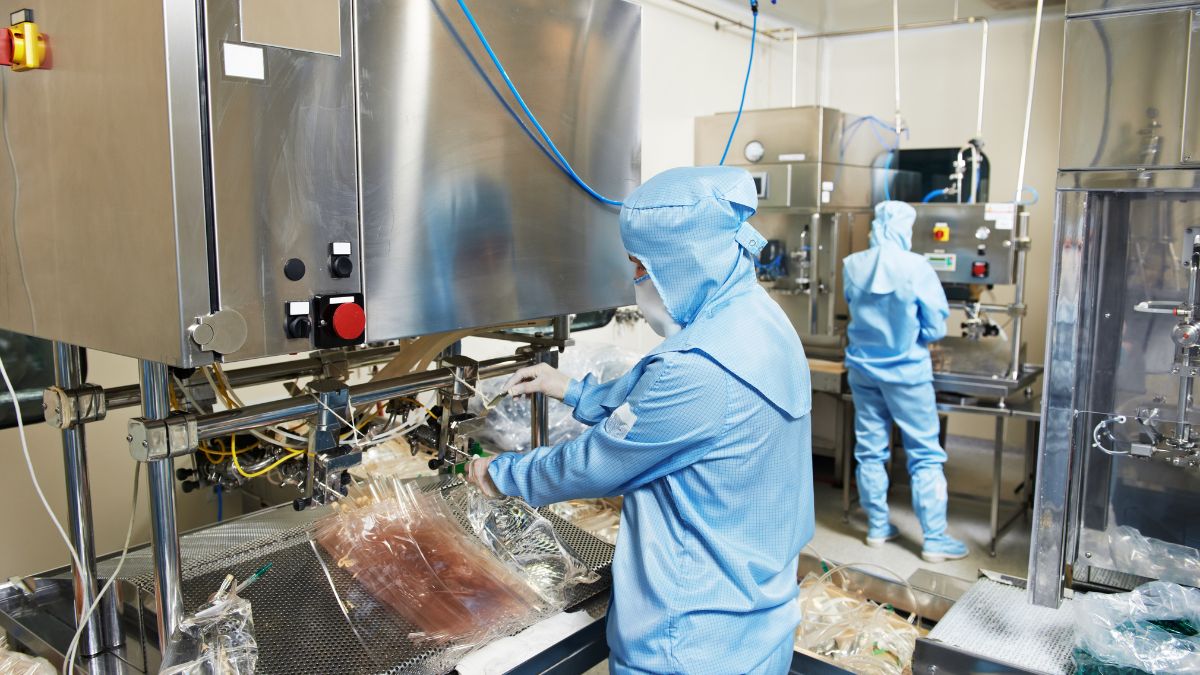

With technologies such as the Internet of Things (IoT), artificial intelligence (AI), and big data analytics, internet connectivity makes manufacturing processes more automated and efficient. Real-time communication between connected machines and devices results in more productive production lines and decreased downtime; for factory workers, this means fewer manual interventions and the ability to monitor and control operations remotely, which boosts productivity and lowers error rates.
Factory workers need to acquire new skills because of the move to smart manufacturing. Roles requiring technical expertise in running and maintaining sophisticated machinery and systems are replacing traditional manual activities. Employees must become more adaptable by learning skills in data analysis, programming, and system troubleshooting. In an increasingly automated business, upskilling can result in job stability and prospects for professional progression.
The use of internet-connected sensors and monitoring systems is essential for improving worker safety. These systems can immediately notify management and employees of potentially dangerous situations, such as environmental risks or equipment failures. Internet-enabled safety standards make factories safer places to work by lowering the chance of accidents and injuries. Wearable technology can also keep an eye on employees' health and level of exhaustion to make sure they are working at their best.
Management and workers in factories can communicate and collaborate more effectively when there is internet access. Real-time communication is made possible via collaboration platforms, video conferencing software, and instant messaging, independent of one's physical location. The ability to promptly handle problems, exchange ideas, and get direction is made possible by this connectedness, which improves collaboration and problem-solving skills. Additionally, it facilitates smooth coordination between various shifts and departments, increasing the effectiveness of the workflow.
Industrial workers may foresee and resolve equipment problems before they result in failures thanks to predictive maintenance, which is made possible by the Internet of Things and IoT. Machine sensors gather performance and condition data, which is examined to forecast maintenance requirements. By extending the lifespan of equipment and minimizing unscheduled downtime, this proactive strategy guarantees smoother operations. This translates into a less disruptive, more stable, and predictable work environment for employees.
Quality control procedures are improved when internet-connected systems are integrated into production. During manufacturing, real-time monitoring and data analysis assist in identifying errors and inconsistencies so that quick remedial action may be taken. These insights can help factory workers save waste and uphold high standards of quality. Traceability is made possible by sophisticated quality control procedures, which guarantee that goods satisfy consumer and legal standards.
Although having access to the internet has many advantages, there are worries about job displacement from automation. As more and more repetitive and routine jobs are completed by machines, there may be less need for some manual labor positions. On the other hand, this change also opens up new career paths centered on automating system optimization and management. To reduce the negative effects of automation and guarantee that workers can move into new professions, workforce adaptation through retraining and education is crucial.
Smart manufacturing technologies have the potential to improve industrial workers' engagement and job happiness. Through the alleviation of monotonous duties and the provision of instruments for enhanced productivity, these technologies enable laborers to concentrate on more significant and thought-provoking endeavors. Employees who have access to real-time data and analytics are better equipped to make educated decisions and support ongoing attempts at continuous improvement, which instills a feeling of pride and engagement in the production process.
In conclusion, the manufacturing industry, and industrial workers' responsibilities and experiences are changing dramatically. It requires a change in job roles and abilities even if it improves workplace safety, quality control, and operational efficiency. The manufacturing sector can guarantee that workers profit from the developments in smart manufacturing and create a more productive, secure, and fulfilling work environment by embracing these changes and making investments in workforce development.
Visit our website https://nextelle.co.nz/.
#Internet #Internetconnection #Internetconnectivity #NextelleWIreless











